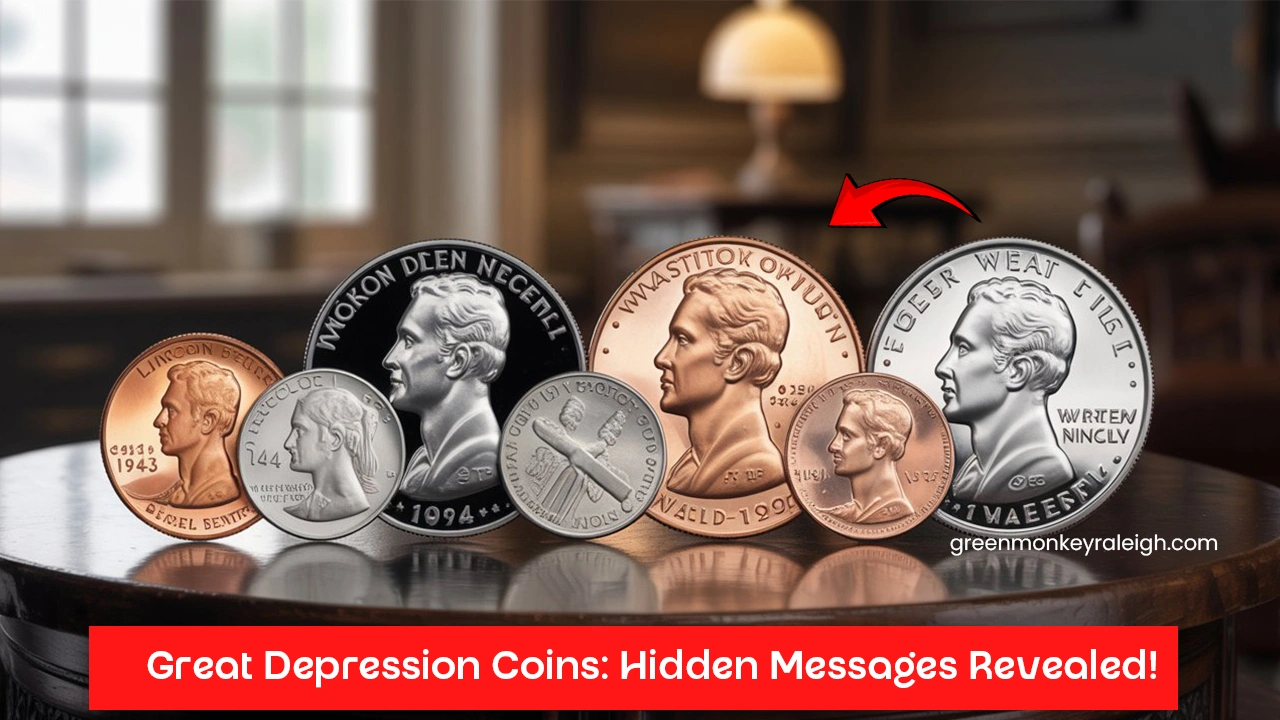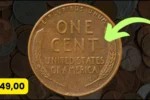How Coin Designs Changed During the Great Depression and WWII: The Great Depression and World War II were two of the most challenging periods in modern history. These times didn’t just change economies and societies—they also left their mark on something as small and everyday as coins. Let’s explore how the designs of coins transformed during these turbulent years and why those changes mattered.
The World Before the Storm
Before the Great Depression hit in 1929, coins in the United States and other countries often featured intricate designs. They were made from precious metals like silver and gold, showing confidence in the economy. The coins carried images of liberty, monarchs, or national symbols, often with fine details and artistic flourishes. This period reflected a sense of stability and prosperity.
The Impact of the Great Depression on Coins
When the Great Depression shook the world, governments faced massive economic challenges. Precious metals became too expensive to use for everyday coins. Many countries, including the US, stopped producing coins with silver or gold content for circulation. Instead, they switched to cheaper metals like nickel and copper. Designs also became simpler. There was less focus on artistic flourishes and more on practicality.
New Messages in Coin Designs
Governments began using coin designs as a tool to inspire hope and unity during hard times. In the US, for example, the Mercury dime and the Buffalo nickel were still in use, but there were growing calls for fresh designs that could uplift people’s spirits. This idea took full shape during World War II.
The Transformation During World War II
World War II brought even more dramatic changes. Materials like copper and nickel were in high demand for making weapons and equipment. As a result, coins had to be produced with alternative materials. For example, in 1943, the US Mint created steel pennies coated with zinc to save copper for the war effort.
In Britain and other countries, similar changes happened. Coins became plainer and were often struck from lower-grade metals. This shift not only reflected shortages but also symbolized a focus on survival and practicality over luxury.
Table: Comparison of Coin Materials Before and During WWII
| Period | Common Metals Used | Notable Changes |
|---|---|---|
| Before Great Depression | Silver, Gold, Nickel | Artistic and detailed designs |
| Great Depression | Nickel, Copper | Simpler designs, cheaper metals |
| World War II | Steel, Zinc, Aluminium | Emergency materials, plain designs |
Symbols of Strength and Sacrifice
Despite the material shortages, coin designs during WWII often carried strong patriotic messages. In the US, the Jefferson nickel debuted in 1938, replacing the Buffalo nickel. It symbolized democracy and leadership. Similarly, other countries added symbols of national pride or war-related imagery to remind citizens of shared purpose.
Post-War Coin Design Changes
After WWII, economies began recovering, but the changes in coin design and materials lingered. Precious metals were rarely reintroduced, and simpler designs became the norm. The experience of making coins with alternative metals taught mints around the world how to adapt quickly in times of crisis.
Coins as Historical Markers
Today, coins from the Great Depression and WWII are seen as valuable collectibles. They tell stories of struggle, resilience, and innovation. Holding a 1943 steel penny or a wartime British coin is like holding a piece of history in your hand.
FAQs About Coin Design Changes During the Great Depression and WWII
Why did the US Mint use steel for pennies in 1943?
Steel was used because copper was needed for ammunition and military equipment during World War II.
Did any countries still use silver or gold coins during the wars?
Most countries stopped using silver and gold for everyday coins, reserving precious metals for reserves or special issues.
Are coins from this era rare today?
Some wartime coins are common, but others, especially error coins or limited mintages, are highly collectible.




